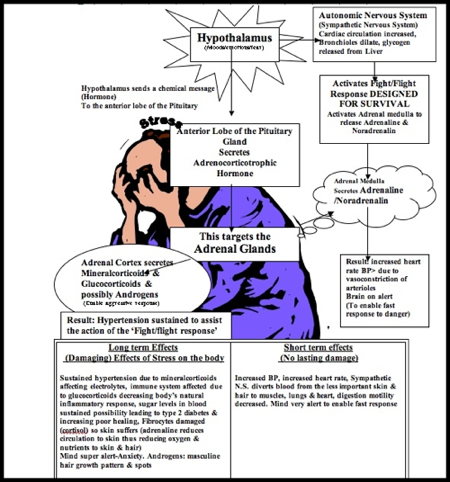Half of Britons are so clueless about their own bodies they are unable to point out where their HEART is
More than half of Britons are so clueless about their bodies that they cannot pinpoint the correct location of their heart, it emerged today.
Not only that, but we do not know how much blood we have, how many teeth are in our mouths or what roles our vital organs perform.
Many of the 2,000 respondents questioned by researchers were unable to say what our correct body temperature should be, while nearly 10 per cent were unsure of the number of kidneys we have.

There it is: Half of Britons are so clueless about their bodies that they cannot pinpoint the correct location of their heart, according to a study
Additionally, the study found 60 per cent could not name their own blood type.
The research was commissioned by the Museum Of London to mark the launch of its October exhibition Doctors, Dissection And Resurrection Men.
Jelena Bekvalac, Curator of Human Osteology at the museum, said: 'It seems we have a depressing lack of anatomical awareness.
'Perhaps we have a tendency to rely on medical authorities to do all they can for us without really understanding the way that we work.
'We are reassured by expertise and don’t take the time to understand the basics of how our own bodies function or are structured.
'The Museum of London’s new exhibition, Doctors, Dissection And Resurrection Men explores the extreme lengths 19th century medical pioneers went to to increase anatomical understanding.
'Surgeons faced a torturous dilemma - learn their skills on stolen corpses or practice on a living patient.
'And so began a gruesome trade. Body-snatchers stalked the city’s graveyards to supply fresh corpses for medical dissection.
OUR LACK OF KNOWLEDGE ABOUT OUR OWN BODIES
- 50% don't know where their heart is (centre-left of the chest)
- 75% don't know how many bones are in an adult body (206)
- Just under 50% don't know how many teeth we have (32)
- 40% don't know where their kidneys are
- Just under 10% don't know how many kidneys we have
- More than 50% don't know where their gall bladder is
- 60% of Britons don’t know their own blood type
- 66% did not know that the average adult has between five and six litres of blood
- 18% think a visor was a type of tooth (it's a surface that protects the eyes)
- 75% do not know that the liver is our biggest internal organ
- 40% think a single lung is of a greater size
'It is therefore sobering to consider our less than exemplary knowledge of basic biology.'
The study found just half of those polled could correctly identify the heart’s location in the left-centre of the chest.
And three-quarters were stumped when it came to guessing how many bones are in the adult human body. There are 206.
Nearly half were unsure as to how many teeth we have - 32 - while 40 per cent haven’t a clue where their kidney is located.
More than half couldn’t tell you where their gall bladder can be found and one in thirteen people didn’t know how many kidneys we have.
Worryingly, six in ten Britons didn’t know their own blood type.
A third of people could correctly state that the average adult has between five and six litres of blood.
Nearly a fifth of Brits, 18 per cent, thought a visor was a type of tooth.
Three-quarters of the respondents did not know that the liver is our biggest internal organ, with four in ten thinking a single lung was of greater size.
And nearly half the study couldn’t get anywhere near to guessing the healthy temperature of the human body, 37C.
Jelena Bekvalac said: 'Doctors, Dissection And Resurrection Men will provide a fascinating insight into a crucial period in our medical and social history.
'It may also help those who are a little confused by their own anatomy.'















